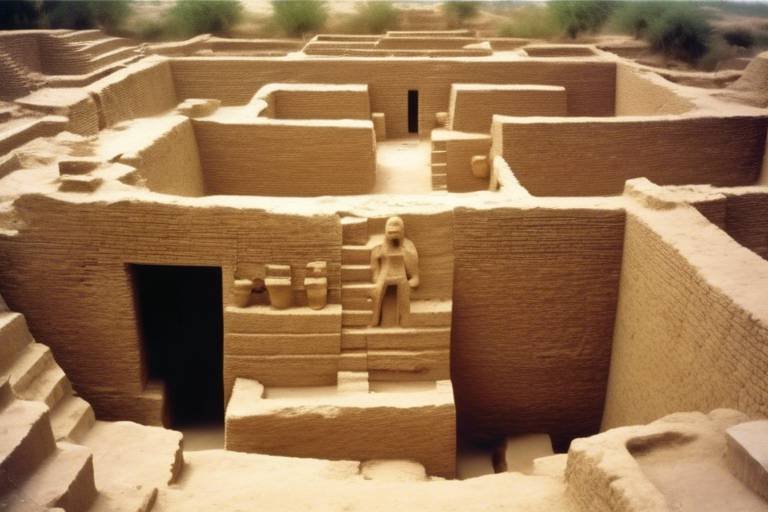The Cultural Dynamics of the Harappan Civilization
The Harappan civilization, also known as the Indus Valley civilization, flourished in the vast expanse of the Indian subcontinent during the Bronze Age. This ancient civilization, dating back to around 3300-1300 BCE, represents a fascinating chapter in human history marked by remarkable cultural dynamics that continue to intrigue archaeologists, historians, and enthusiasts alike.
At the heart of the Harappan civilization lies a rich tapestry of art and craftsmanship that showcases the creative prowess of its people. From intricately designed pottery and exquisite sculptures to finely crafted seals and ornate jewelry, the artistic achievements of the Harappan culture reflect a deep-rooted cultural identity and a mastery of skills that set them apart from their contemporaries.
Religious practices played a pivotal role in shaping the spiritual landscape of the Harappan society. Through archaeological findings such as figurines, symbols, and structures, we catch a glimpse of their intricate belief systems, rituals, and practices that were integral to their daily lives and worldview.
The social structure and governance of the Harappan civilization reveal a complex hierarchy and a well-organized community. Rulers, priests, artisans, farmers, and other members of the population each played distinct roles in the functioning of society, contributing to its stability and growth.
Trade and economy were vital components of the Harappan civilization, with extensive trade networks, bustling urban centers, and sophisticated commerce practices driving their economic prosperity. The exchange of goods, agricultural production, and interactions with neighboring regions fueled their thriving economy.
Technological advancements were a hallmark of the Harappan people, who excelled in metallurgy, urban planning, water management, and other innovative practices that propelled their civilization forward. Their ingenuity and engineering feats laid the foundation for sustainable urban development and societal progress.
The writing system and communication methods of the Harappan civilization remain a subject of intrigue and debate, with scholars striving to decipher their script and unlock the secrets of their language and information exchange. The enigmatic symbols and inscriptions offer tantalizing clues to their intellectual achievements.
Urban planning and architecture in Harappan settlements reflect meticulous city design, advanced construction techniques, and well-structured public infrastructure. The layout of their cities, residential areas, and public spaces reveal a sophisticated urban civilization ahead of its time.
The decline and disappearance of the Harappan civilization present a puzzle shrouded in mystery, with theories ranging from environmental changes and natural disasters to invasions and social upheaval. The factors that led to their downfall continue to intrigue scholars and spark speculation about the fate of this once-thriving culture.
Despite the passage of millennia, the legacy of the Harappan civilization endures, leaving an indelible mark on the cultural landscape of the Indian subcontinent. Their technological innovations, artistic expressions, and societal structures have influenced subsequent societies, shaping the historical trajectory of the region in profound ways.
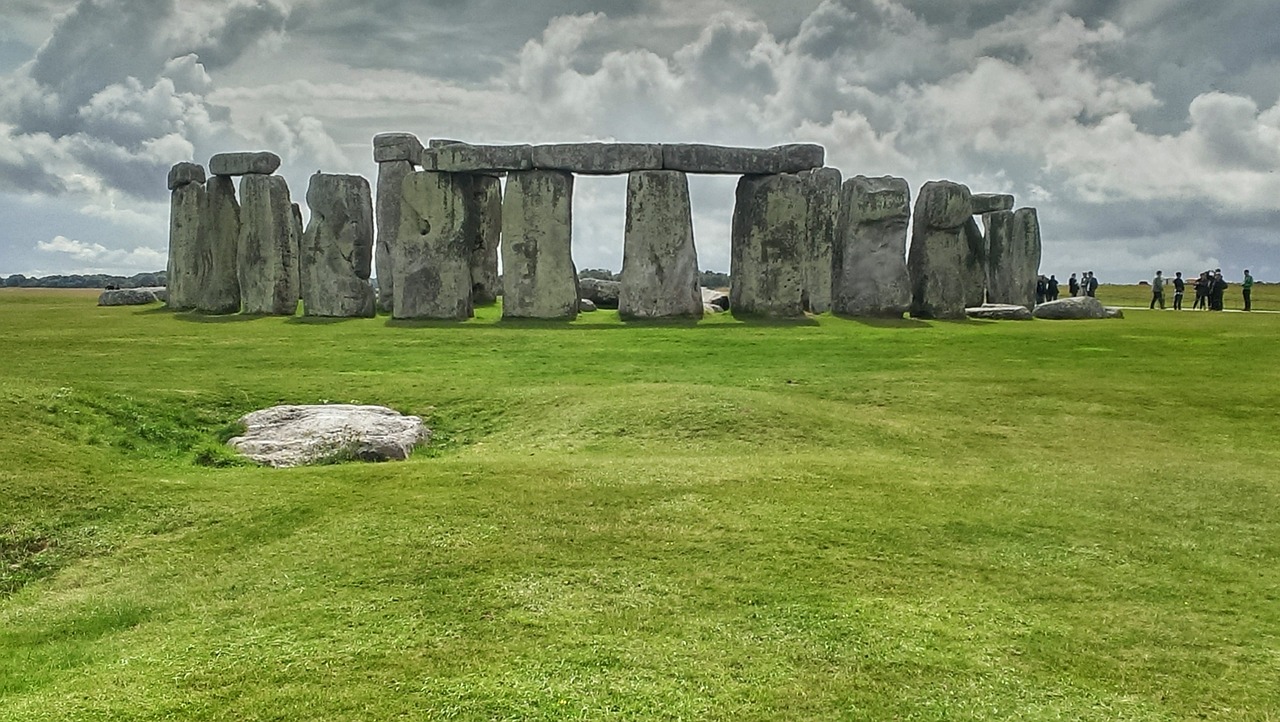
Art and Craftsmanship
Topics to be discussed include the art, religion, social structure, trade, technology, writing system, urban planning, decline, and legacy of the ancient Harappan civilization in the Indus Valley.
Art and craftsmanship were integral aspects of the Harappan civilization, reflecting the creativity and skill of its people. The artisans of the Harappan era excelled in various forms of artistic expression, leaving behind a rich legacy of artifacts that provide insights into their cultural identity.
The pottery of the Harappan civilization is renowned for its intricate designs and precise craftsmanship. The use of distinct motifs and patterns on pottery vessels not only served functional purposes but also showcased the artistic sensibilities of the Harappan potters.
Sculpture was another significant art form practiced by the Harappan people. The sculptures found at Harappan sites depict human and animal figures with remarkable detail and realism, indicating a sophisticated understanding of form and proportion.
The seals of the Harappan civilization are among the most iconic artifacts, featuring intricate carvings of animals, symbols, and script. These seals served as markers of identity and possibly played a role in trade and administrative activities.
Jewelry was another area where Harappan artisans displayed their expertise. The use of materials like gold, silver, and precious stones in the creation of jewelry pieces reflects the aesthetic preferences and social status of the people.
Overall, the art and craftsmanship of the Harappan civilization not only adorned their daily lives but also served as a means of cultural expression and communication, leaving a lasting impact on the understanding of ancient Indian art history.
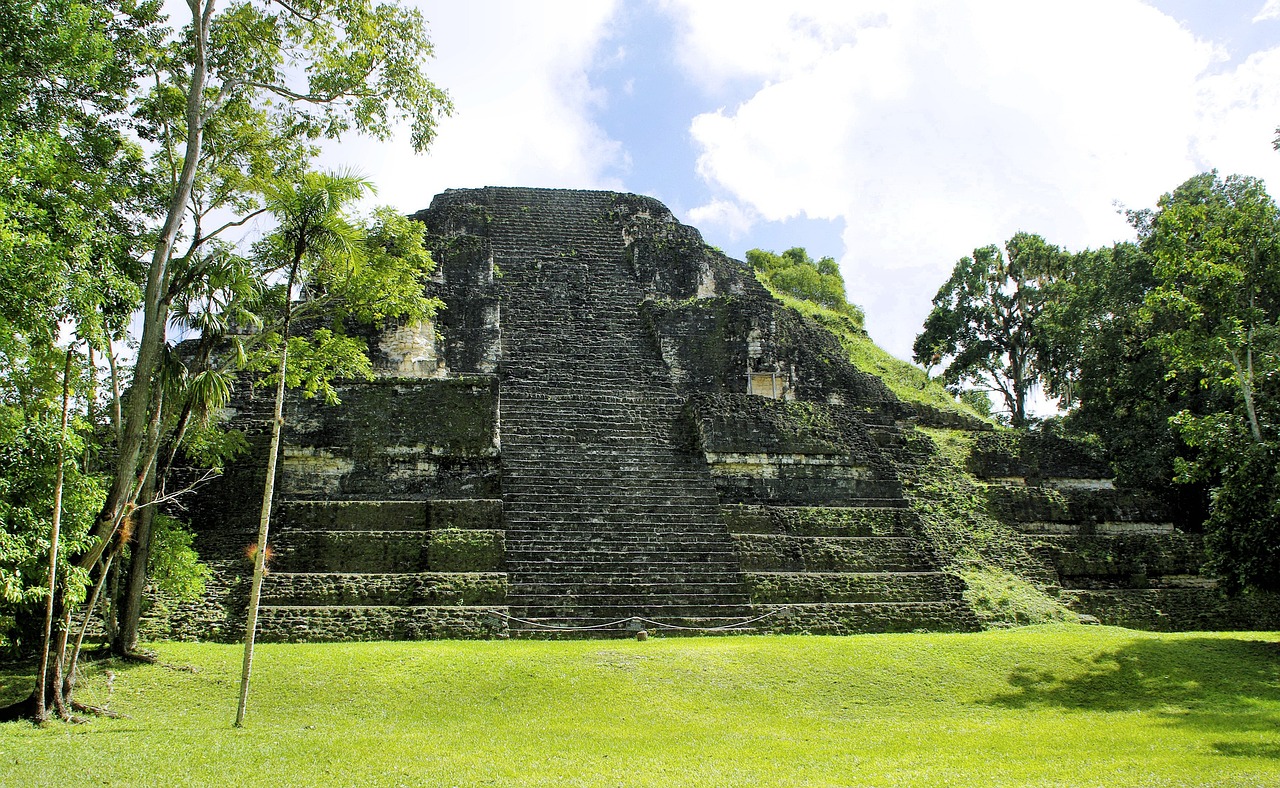
Religious Practices
Topics to be discussed include the art, religion, social structure, trade, technology, writing system, urban planning, decline, and legacy of the ancient Harappan civilization in the Indus Valley.
The religious practices of the Harappan civilization provide valuable insights into their spiritual beliefs and cultural traditions. Archaeological findings have unearthed a plethora of figurines, symbols, and structures that shed light on their religious rituals and observances.
Figurines discovered at Harappan sites depict various deities, possibly representing gods and goddesses worshipped by the ancient people. These figurines are crafted with intricate details, suggesting a reverence for divine beings and a sophisticated artistic sensibility.
Symbols found on seals and artifacts are believed to have held symbolic meanings in religious contexts. These symbols may have been used in rituals, ceremonies, or as representations of spiritual concepts central to the Harappan belief system.
Structures such as the Great Bath at Mohenjo-Daro have been interpreted as sites for religious purification or communal rituals. The layout and design of these structures indicate a meticulous planning and a deep-rooted connection to spiritual practices.
While the exact nature of Harappan religious beliefs remains a subject of scholarly debate, the archaeological evidence points towards a complex system of rituals, ceremonies, and possibly a pantheon of deities worshipped by the ancient Indus Valley inhabitants.
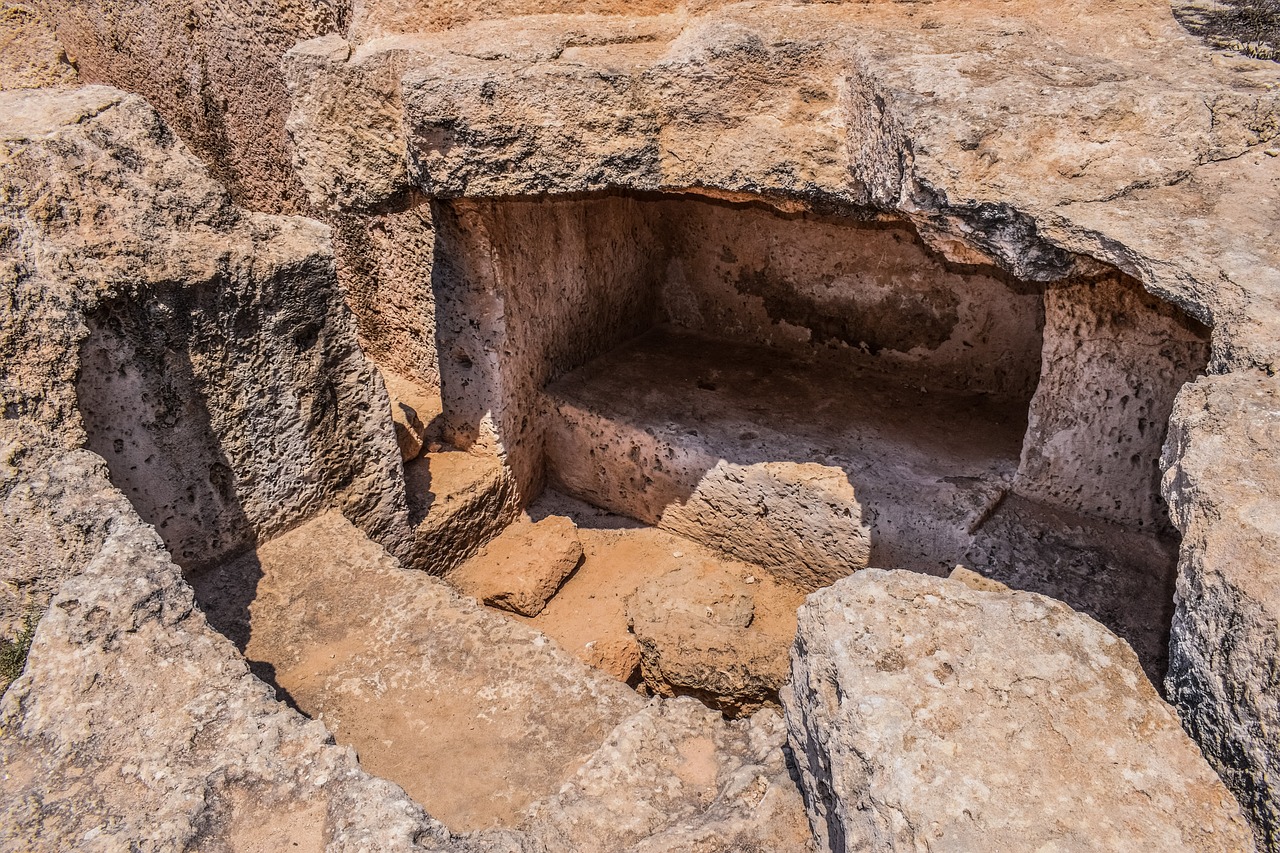
Social Structure and Governance
When delving into the intricate tapestry of the ancient Harappan civilization, one cannot overlook the fascinating dynamics of their social structure and governance. At the heart of Harappan society lay a complex web of relationships and roles, each contributing to the functioning of their civilization. The social hierarchy within the Indus Valley was well-defined, with distinct positions for rulers, priests, artisans, farmers, and other members of the population.
Rulers held a position of authority and leadership, overseeing the governance of urban centers and ensuring the well-being of their subjects. Priests played a crucial role in religious ceremonies and spiritual guidance, shaping the beliefs and practices of the community. Artisans, known for their exceptional craftsmanship, were responsible for creating intricate pottery, sculptures, and jewelry that reflected the cultural identity of the Harappan people.
Furthermore, farmers played a vital role in sustaining the economy through agricultural production, providing food and resources essential for the civilization's survival. The intricate interplay between these different social classes highlights the interconnectedness and interdependence that characterized Harappan society.
Moreover, community organization was a fundamental aspect of Harappan life, with shared responsibilities and collective decision-making shaping the governance system. The presence of organized urban centers and planned settlements suggests a level of central authority and urban planning that facilitated the functioning of the civilization.
Overall, the social structure and governance of the Harappan civilization offer a glimpse into a sophisticated and organized society that thrived in the ancient Indus Valley, leaving behind a legacy of cultural richness and historical significance.

Trade and Economy
Trade and economy were integral aspects of the flourishing Harappan civilization, contributing to its prosperity and cultural exchange with neighboring regions. The Indus Valley was a hub of commercial activity, with the Harappans engaging in extensive trade networks that connected them to distant lands and facilitated the exchange of goods and ideas.
The economy of the Harappan civilization was primarily based on agriculture, with fertile lands along the Indus River supporting the cultivation of crops such as wheat, barley, and cotton. The surplus agricultural produce enabled the development of urban centers like Mohenjo-Daro and Harappa, where specialized craft production and trade thrived.
Artisans in Harappan society were skilled in crafting a variety of goods, including pottery, beads, seals, and metalwork. These products were not only used for local consumption but also traded with other regions, showcasing the economic prowess of the civilization. The presence of standardized weights and measures suggests a well-organized system of trade and commerce.
Trade routes extended from the Indus Valley to regions like Mesopotamia, Oman, and Bahrain, facilitating the exchange of commodities such as precious metals, semi-precious stones, timber, and luxury items. The discovery of Harappan seals in distant lands indicates the extent of their trade networks and the establishment of diplomatic relations with foreign powers.
The urban centers of the Harappan civilization served as bustling marketplaces where goods from different regions were bought and sold. The layout of these cities, with well-planned streets, drainage systems, and public buildings, reflects a sophisticated urban culture that supported economic activities and social interactions.
Overall, the trade and economy of the Harappan civilization played a crucial role in its development and interaction with the wider world, shaping the cultural landscape of the ancient Indus Valley and leaving a lasting legacy that continues to fascinate archaeologists and historians.

Technological Advancements
During the height of the Harappan civilization, remarkable were achieved, showcasing their innovative spirit and engineering prowess. One of the most notable achievements was in the field of metallurgy, where the Harappans mastered the art of working with copper, bronze, and other metals. This expertise in metalworking not only allowed them to create intricate tools and weapons but also contributed to their economic prosperity through trade.
Furthermore, the Harappans demonstrated a sophisticated understanding of urban infrastructure and water management. Their cities were meticulously planned, with advanced drainage systems, wells, and baths indicating a high level of engineering skill. The efficient management of water resources not only facilitated daily life but also supported agricultural activities, ensuring the sustenance of their urban centers.
Another area of technological excellence was seen in their construction techniques. The Harappans built impressive structures using standardized bricks, showcasing their architectural ingenuity. The uniformity in brick size and the precision in construction suggest a well-developed system of planning and execution. This attention to detail in urban planning and architecture reflects the civilization's commitment to creating functional and aesthetically pleasing environments.

Writing System and Communication
Exploring the Harappan writing system unveils a fascinating aspect of their civilization, yet it remains a puzzle waiting to be solved. The Indus script, found on seals, tablets, and pottery, consists of hundreds of characters, but its decipherment continues to elude researchers. Scholars have proposed various theories regarding its nature – whether it represents a language, a form of proto-writing, or a combination of both. Despite extensive study, the script's true purpose and meaning remain shrouded in mystery.
One of the most intriguing features of the Harappan script is its uniformity across different artifacts and regions, suggesting a standardized system of communication. The absence of extensive bilingual inscriptions or known Rosetta Stones has hindered efforts to crack the code, leaving historians to speculate on the script's function. Was it used for administrative purposes, religious texts, or commercial transactions? The enigmatic nature of the script sparks debate and curiosity among experts and enthusiasts alike.
Archaeological findings offer glimpses into the communication methods of the Harappan people beyond written language. Intricately carved seals bearing animal motifs and geometric patterns may have served as markers of identity or authority. These seals, possibly used for authentication or as amulets, provide valuable insights into the society's symbolic language and cultural practices. The precision and artistry displayed in these artifacts hint at a sophisticated system of visual communication.
While the script's meaning remains elusive, the Harappans' mastery of symbolic representation is evident in their artwork and iconography. Figurines depicting deities, animals, and everyday life scenes offer clues to their religious beliefs and social customs. The intricate designs on pottery and jewelry showcase a high level of craftsmanship and attention to detail, suggesting a culture deeply rooted in artistic expression and symbolism.
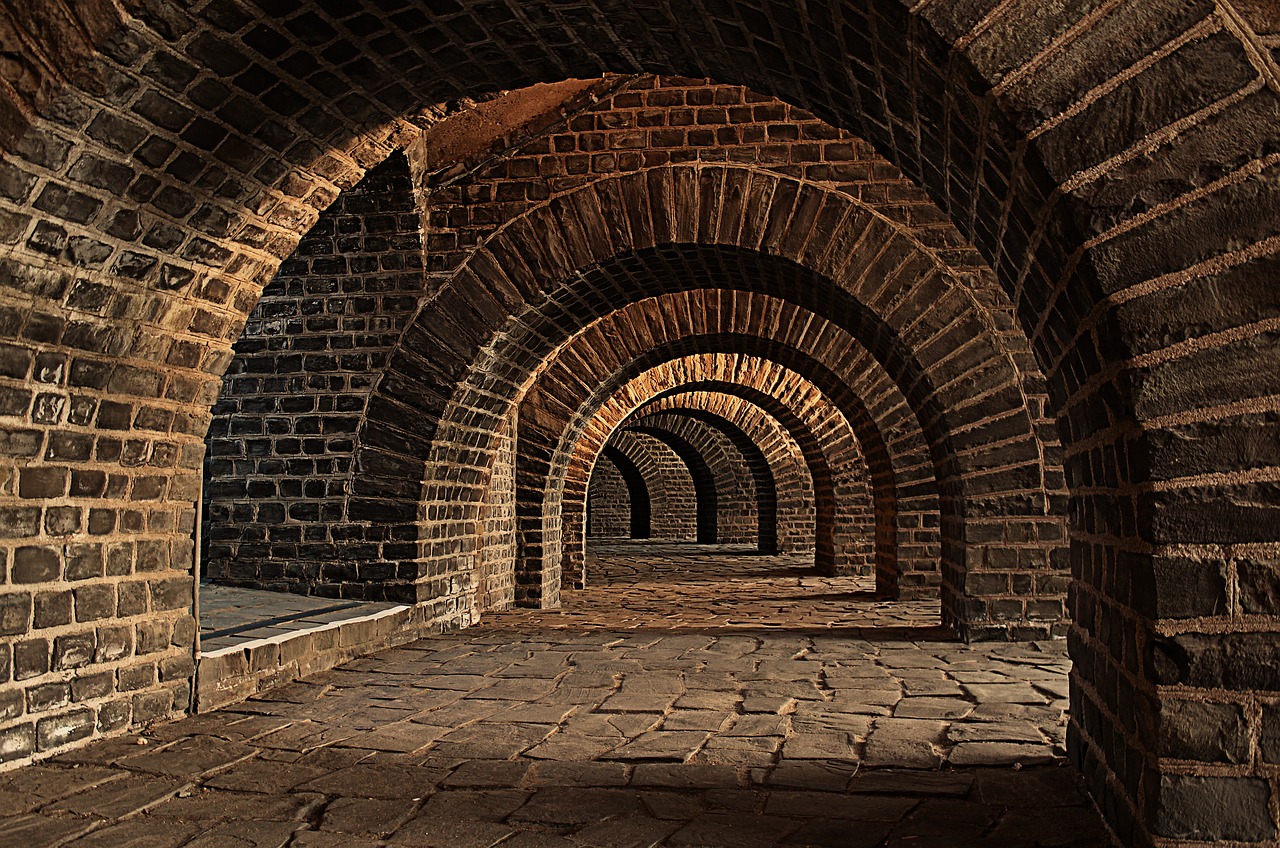
Urban Planning and Architecture
Urban planning and architecture played a pivotal role in shaping the Harappan civilization, showcasing their advanced understanding of city organization and construction techniques. The layout of Harappan settlements, such as Mohenjo-Daro and Harappa, reveals a sophisticated urban design that included well-planned streets, drainage systems, and public buildings. The meticulous city planning of the Harappans is evident in the grid-like street patterns, indicating a high level of centralized authority and civic organization.
One of the remarkable features of Harappan architecture is the use of standardized bricks in construction, showcasing their engineering prowess and attention to detail. The buildings in Harappan cities were made of baked bricks, with some structures displaying multi-story construction and advanced architectural techniques. The presence of public baths, granaries, and large assembly halls suggests a focus on communal spaces and public infrastructure within their urban centers.
The Harappans also demonstrated a mastery of hydraulics and water management, evident in the sophisticated drainage systems found in their cities. The advanced sewage and sanitation systems of Harappan settlements indicate a high level of urban planning and engineering skill, ensuring the cleanliness and efficiency of their built environment.
Furthermore, the presence of citadels or fortified areas within Harappan cities suggests a concern for defense and security, highlighting the strategic planning and defensive architecture employed by the ancient civilization. The integration of defensive structures within urban layouts indicates a need for protection against potential threats and a recognition of the importance of security in maintaining societal order.
In conclusion, the urban planning and architecture of the Harappan civilization reflect a highly organized and innovative society that valued efficiency, communal spaces, and strategic defense. Their architectural achievements continue to fascinate archaeologists and historians, providing valuable insights into the cultural and technological advancements of one of the ancient world's most enigmatic civilizations.

Decline and Disappearance
Topics to be discussed include the art, religion, social structure, trade, technology, writing system, urban planning, decline, and legacy of the ancient Harappan civilization in the Indus Valley.
The decline and disappearance of the Harappan civilization remain a subject of intrigue and speculation among historians and archaeologists. Various factors have been proposed to explain the enigmatic end of this once-flourishing ancient society.
One prevalent theory suggests that environmental changes, such as shifts in river courses or climate patterns, could have played a significant role in disrupting the agricultural practices that sustained Harappan settlements. This disruption may have led to food shortages, population displacement, and ultimately, the abandonment of urban centers.
Natural disasters, such as floods or earthquakes, might have also contributed to the downfall of the Harappan civilization. The lack of robust infrastructure to withstand such calamities could have resulted in widespread destruction and loss of life, further weakening the societal fabric.
Invasions by nomadic tribes or neighboring cultures have been proposed as another potential cause for the decline of the Harappan civilization. The arrival of aggressive groups seeking resources or territorial expansion could have led to conflicts, destabilizing the region and eventually leading to the collapse of Harappan urban centers.
Social unrest and internal conflicts within Harappan society could have also played a role in its decline. Disputes over resources, power struggles among ruling elites, or dissatisfaction among the populace may have created internal divisions that weakened the civilization from within.
Despite these theories, the exact reasons behind the decline and disappearance of the Harappan civilization remain elusive, shrouded in the mists of time. The legacy of this enigmatic ancient culture continues to fascinate scholars and enthusiasts alike, sparking ongoing research and exploration to unravel the mysteries of its ultimate fate.
Reflection on the enduring legacy and cultural influence of the Harappan civilization on subsequent societies in the Indian subcontinent, highlighting the ways in which their traditions, technologies, and artistic expressions have shaped the region's history.
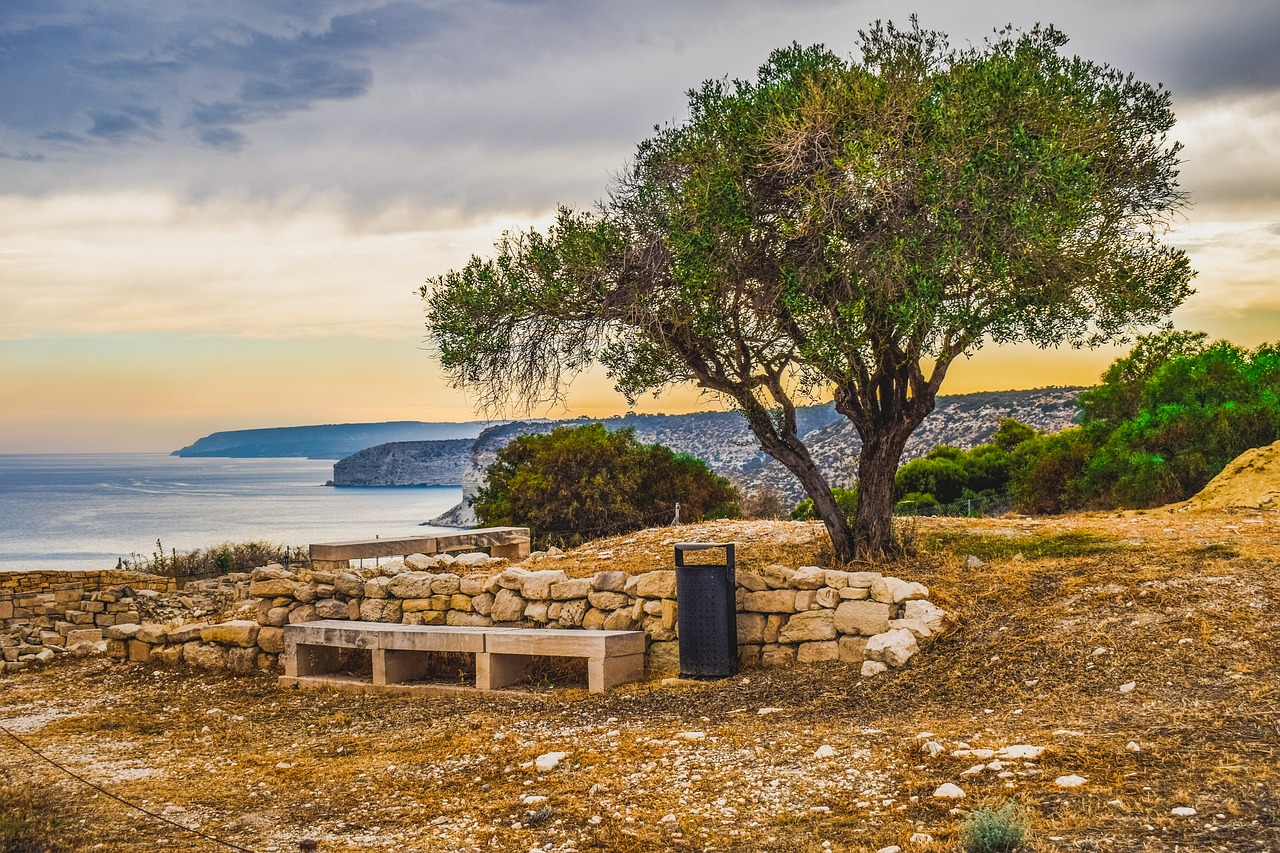
Legacy and Cultural Influence
When exploring the legacy and cultural influence of the Harappan civilization, one cannot overlook the profound impact it has had on subsequent societies in the Indian subcontinent. The remnants of Harappan culture continue to resonate through the annals of history, leaving an indelible mark on the region's development and identity.
The technological advancements of the Harappan people, such as their sophisticated urban planning and advanced water management systems, set a precedent for future civilizations in the subcontinent. Their mastery of metallurgy and craftsmanship in pottery and jewelry not only showcased their skills but also influenced artistic traditions for generations to come.
Furthermore, the Harappan writing system, though not fully deciphered, hints at a complex communication network that likely facilitated trade and cultural exchange within and beyond their borders. The symbols and script found on seals and artifacts provide tantalizing glimpses into the language and information exchange of this ancient civilization.
One cannot ignore the architectural marvels of Harappan cities, with their well-planned layouts, advanced drainage systems, and public structures. The meticulous urban design and construction techniques employed by the Harappans set a benchmark for future urban settlements in the region.
Despite the mysterious decline of the Harappan civilization, its cultural legacy endures in the traditions, technologies, and artistic expressions of modern-day South Asia. The echoes of Harappan influence can be seen in various aspects of contemporary society, from architectural styles to agricultural practices, serving as a testament to the enduring impact of this ancient civilization.
Frequently Asked Questions
- What was the significance of art and craftsmanship in the Harappan civilization?
Art and craftsmanship played a crucial role in the Harappan civilization, showcasing their skills in pottery, sculpture, seals, jewelry, and other artifacts. These artistic creations not only reflected their cultural identity but also demonstrated their advanced techniques and aesthetic sensibilities.
- How did religion influence the social structure of the Harappan people?
Religious practices were integral to the social structure of the Harappan civilization, influencing rituals, beliefs, and community organization. Archaeological findings of figurines, symbols, and structures associated with their spiritual traditions provide insights into the religious aspects that shaped their society.
- What were the key technological advancements of the Harappan civilization?
The Harappan people made significant technological advancements in areas such as metallurgy, urban infrastructure, and water management. These innovations not only facilitated their daily lives but also contributed to the overall development and sustainability of their civilization.
- How did the decline of the Harappan civilization impact its legacy?
The decline of the Harappan civilization, attributed to various factors like environmental changes and social unrest, had a profound impact on its legacy. Despite its disappearance, the cultural influence of the Harappan civilization continued to shape subsequent societies in the Indian subcontinent, leaving a lasting imprint on the region's history.

